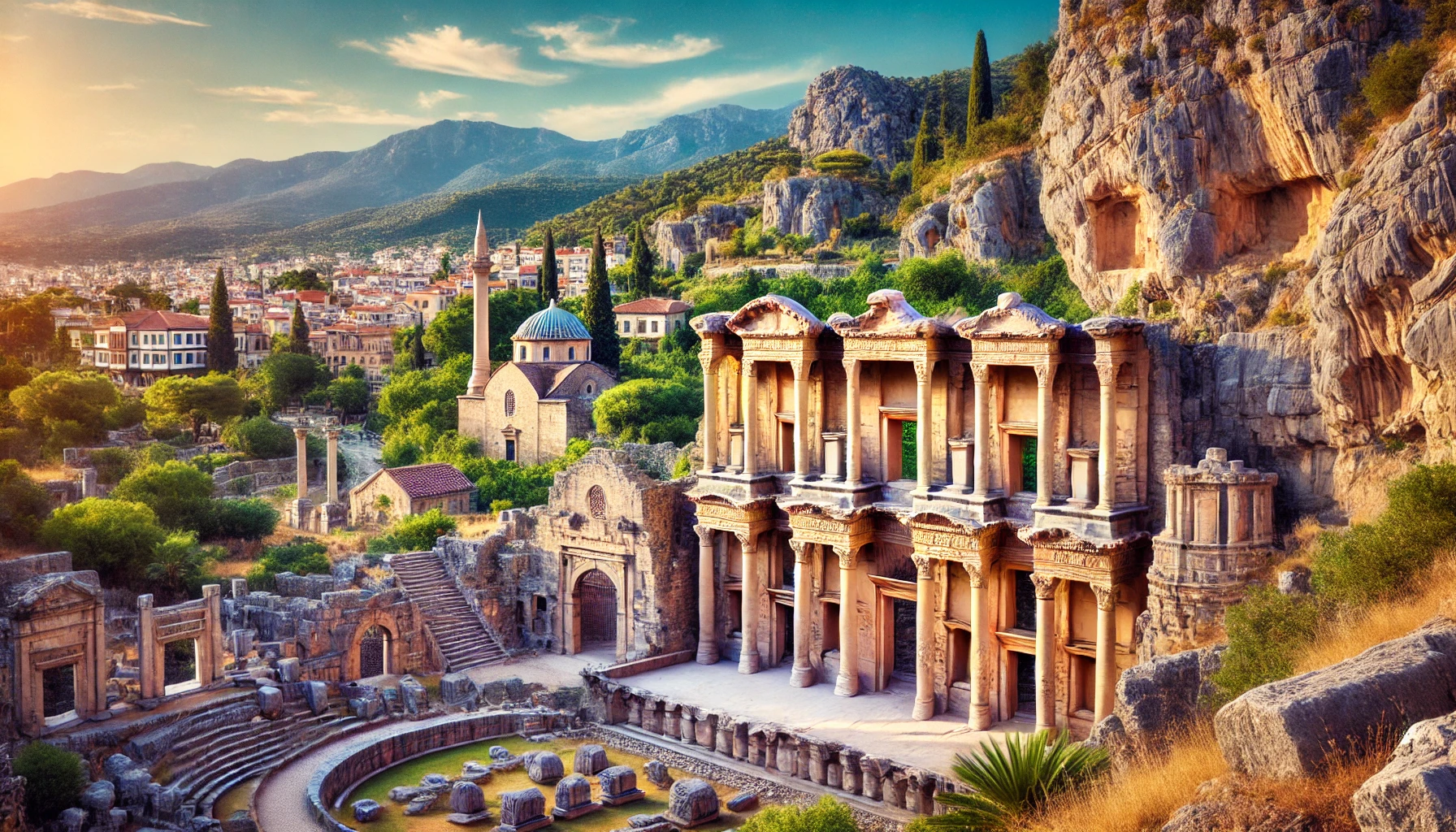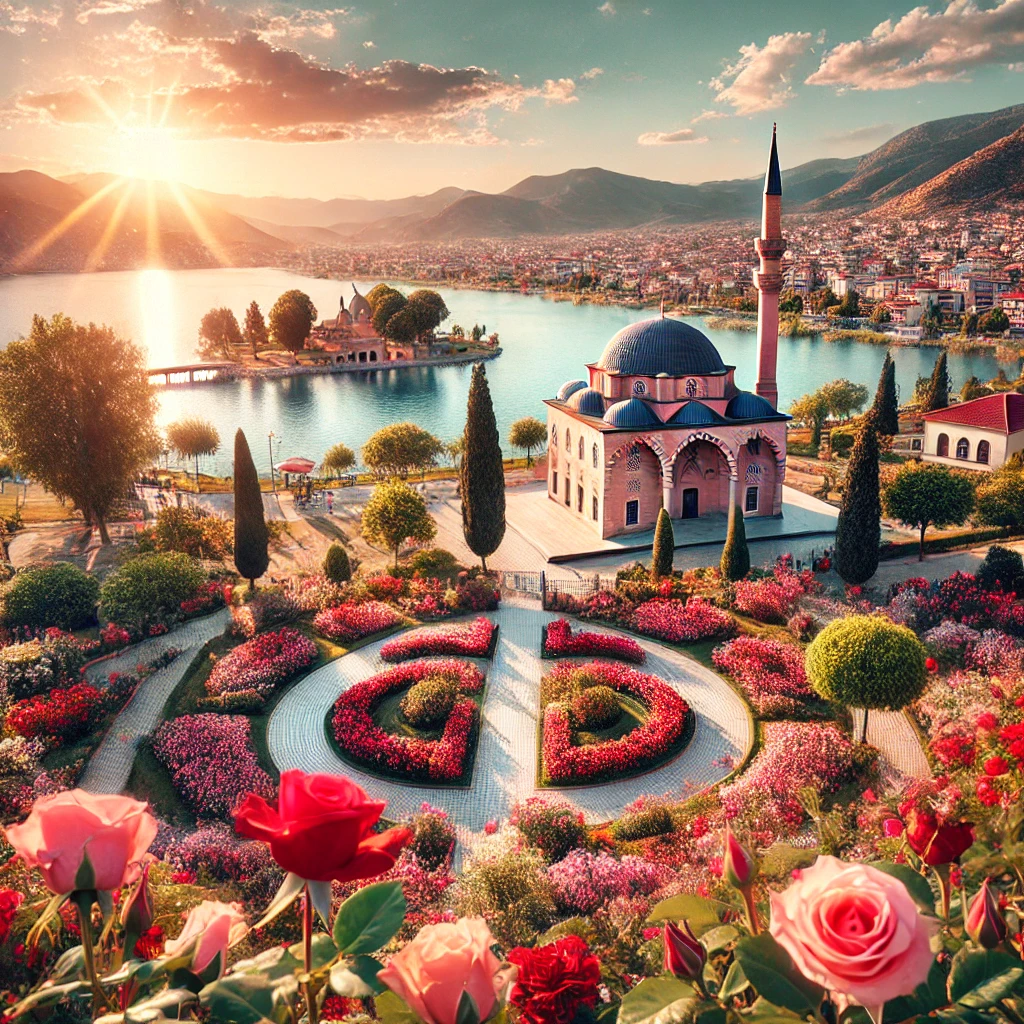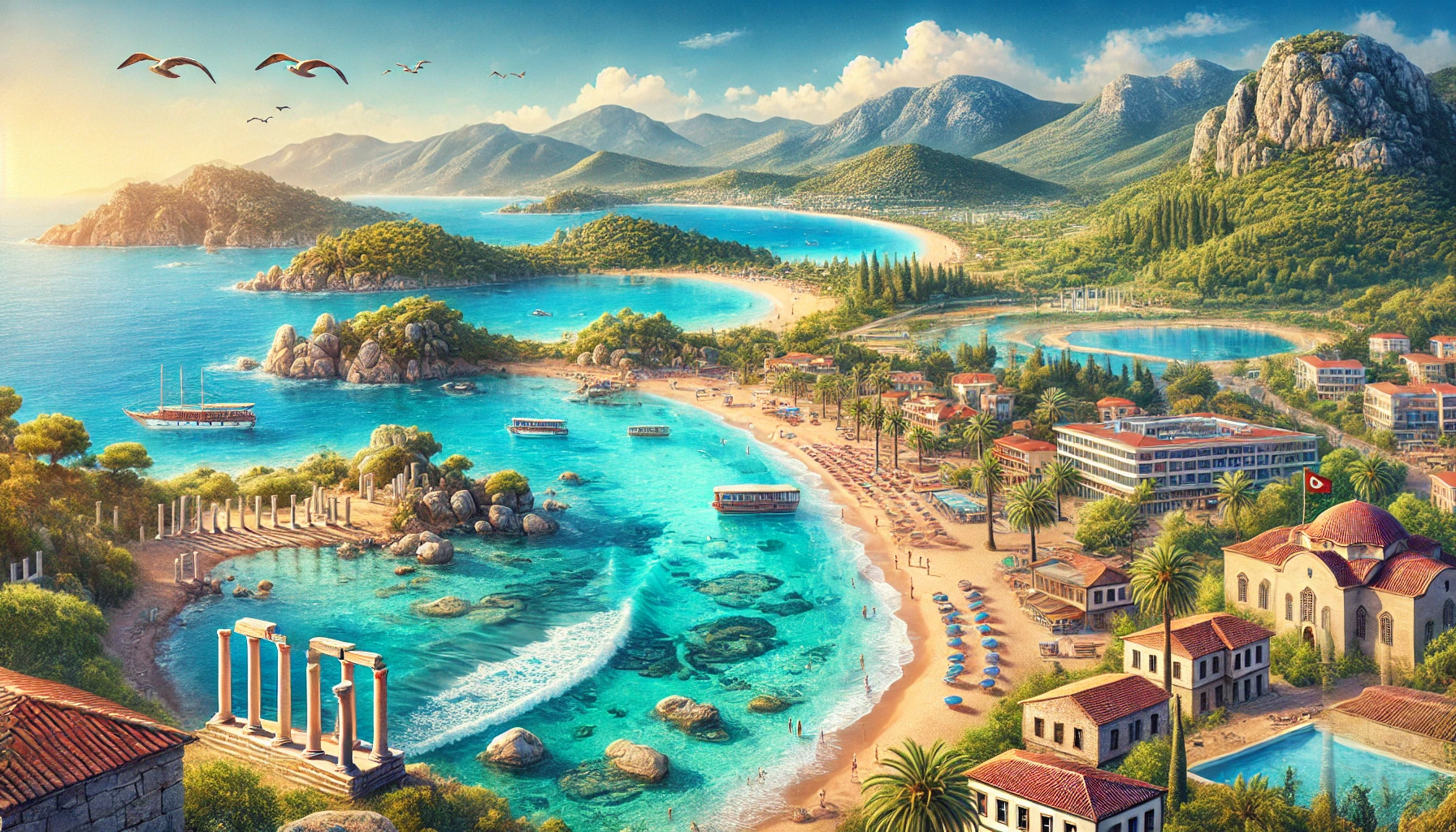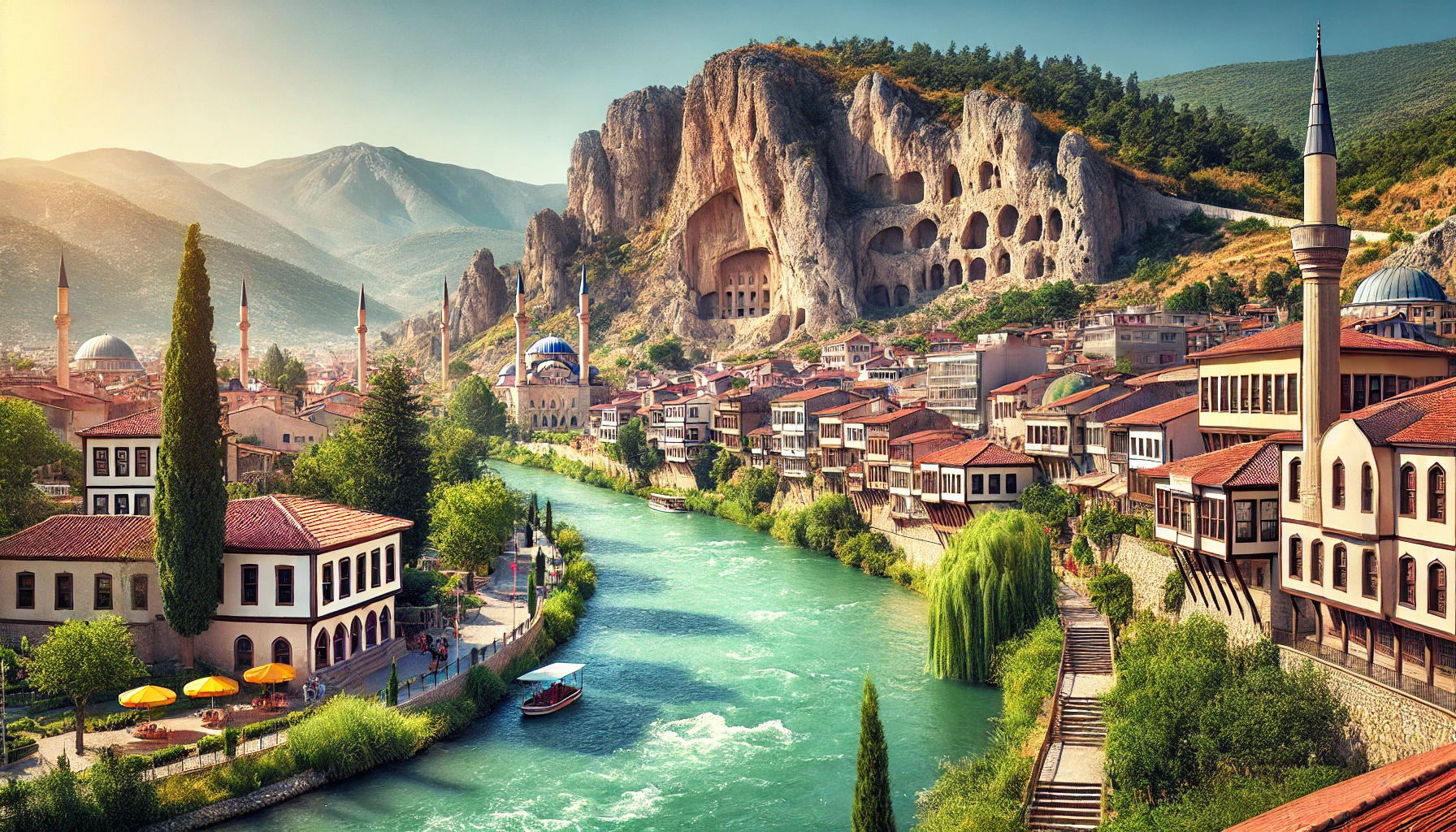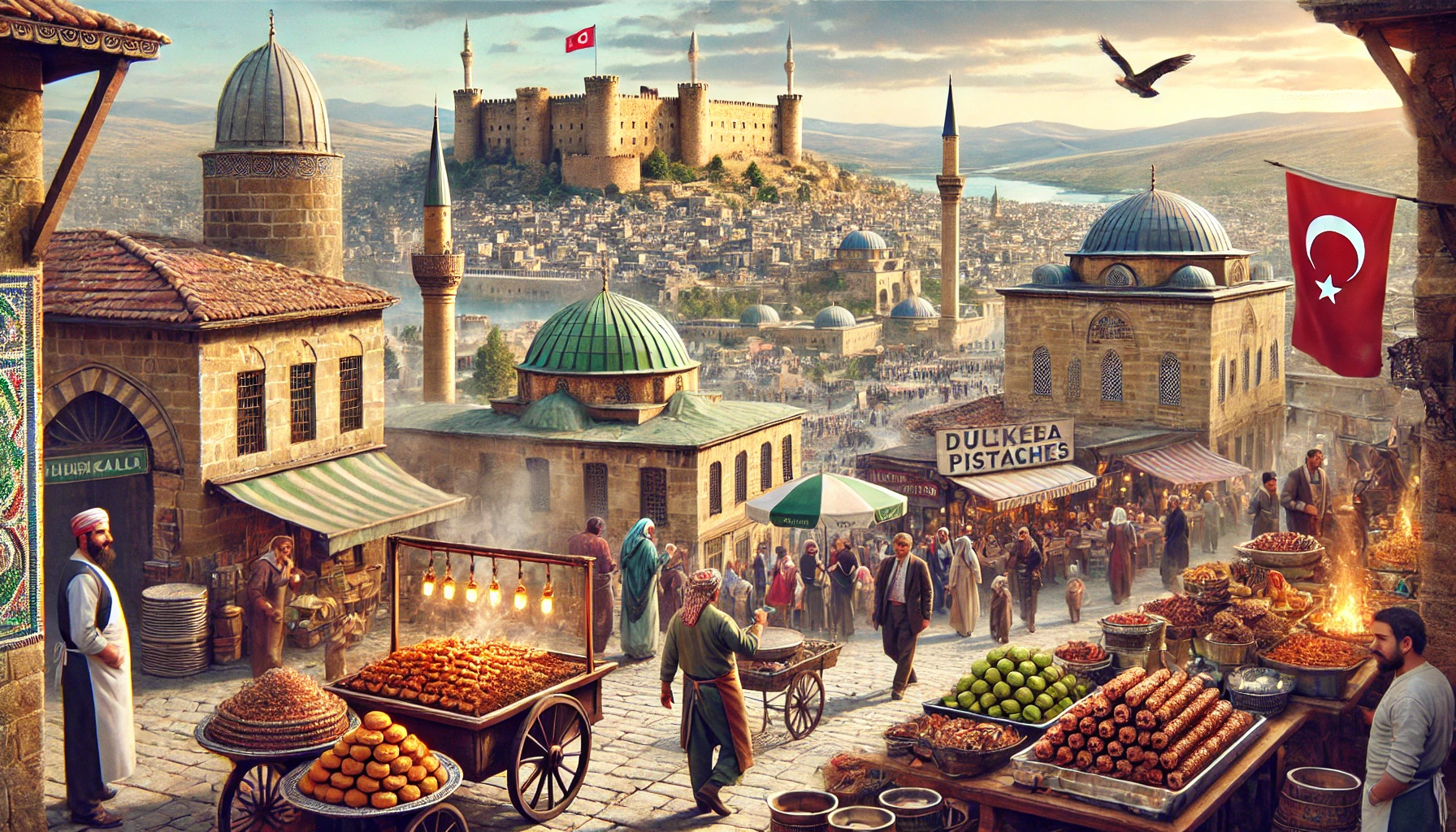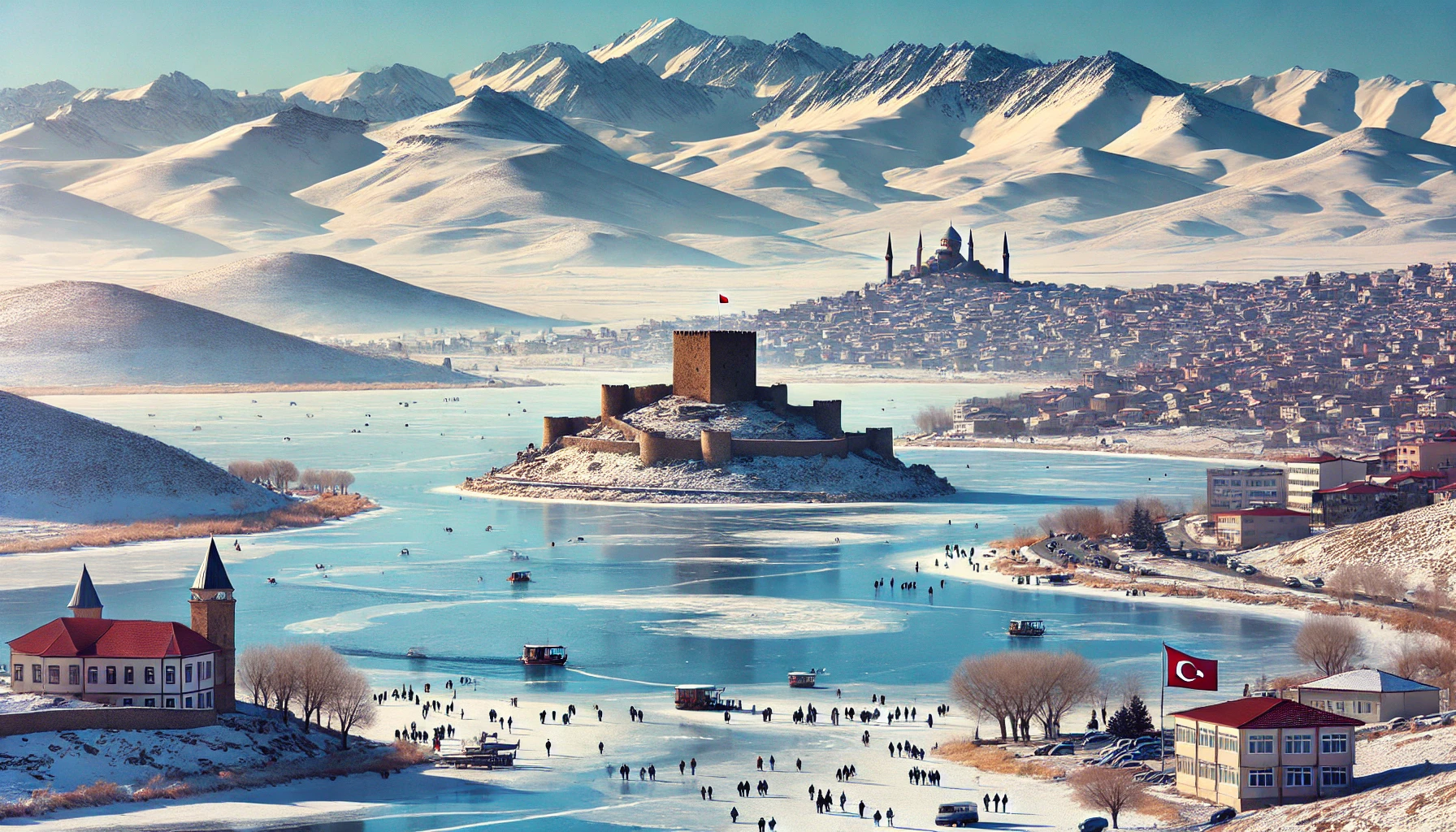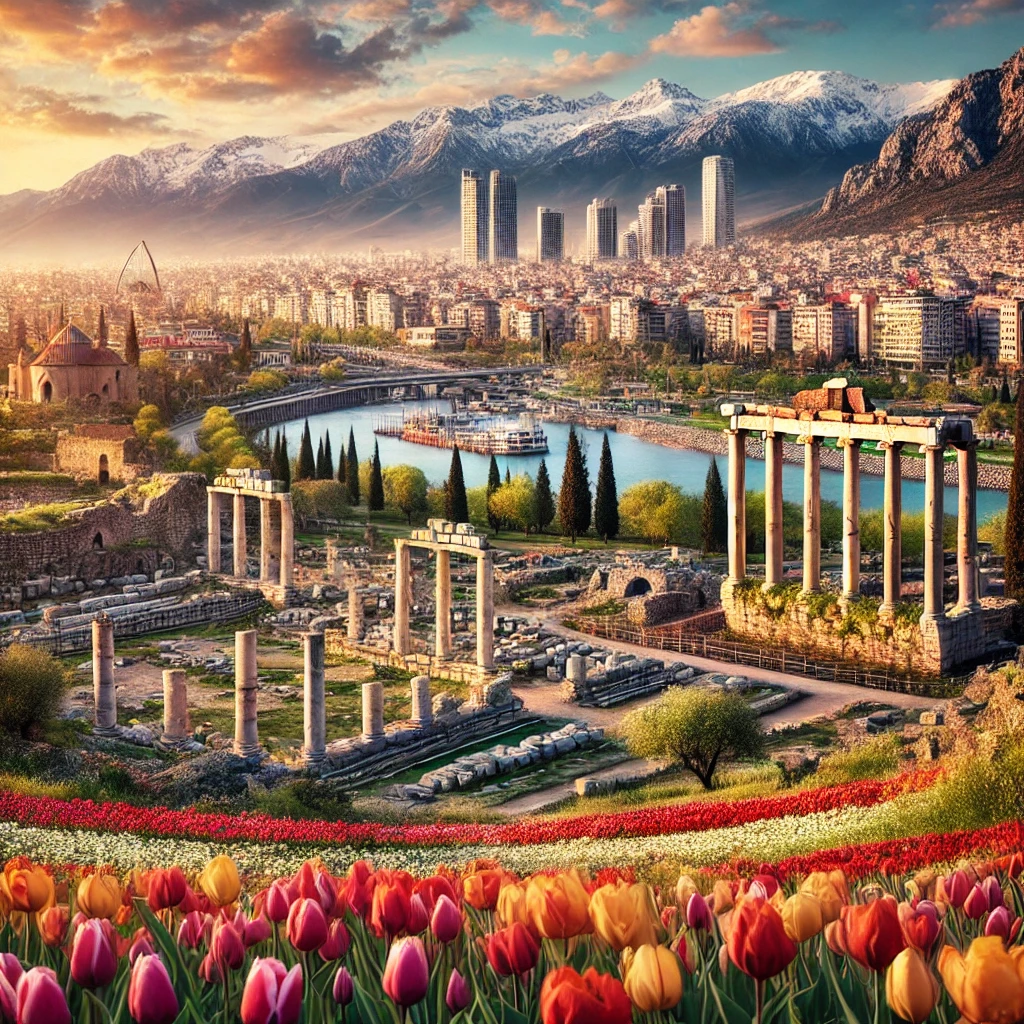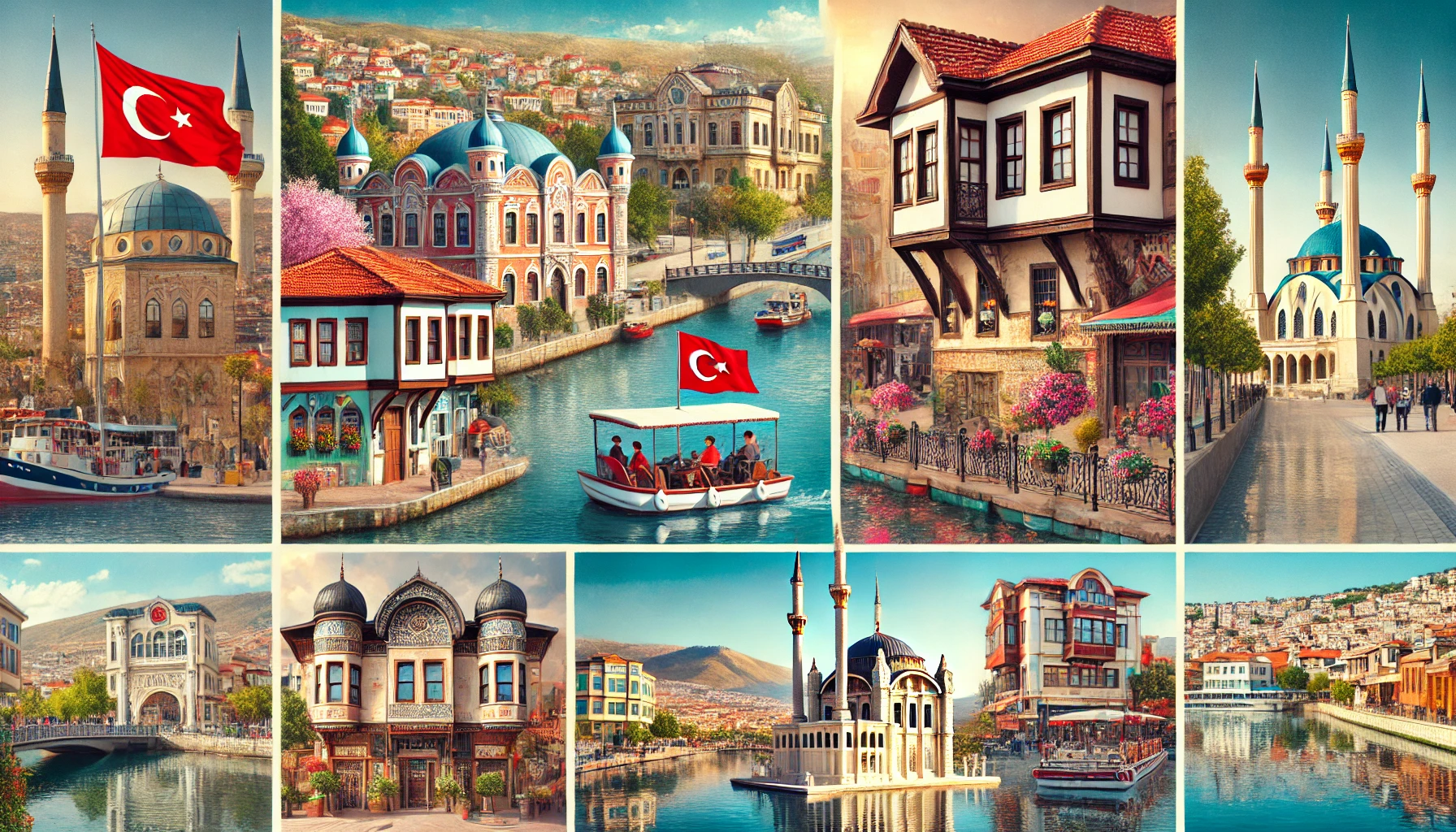Myra: Exploring the Ancient Lycian Metropolis
Nestled in the fertile lands of Kale in Antalya, Myra is an ancient Lycian city steeped in history and cultural significance. Known for its impressive rock-cut tombs and the Church of Saint Nicholas, Myra offers a fascinating glimpse into the past. This post will guide you through the key highlights of Myra, showcasing its rich heritage and why it remains a must-visit destination for travel enthusiasts.
A Brief History of Myra
Early Days and Lycian Influence
Myra, whose name means “the Place of the Great Mother Goddess,” was a prominent city in the Lycian League. The city’s history dates back to at least the 5th century BC, and it became one of the leading cities of Lycia during the classical era. Myra’s strategic location in the fertile plains of Antalya allowed it to flourish as a center of trade and culture.
Rise of Christianity
During the early days of Christianity, Myra rose to prominence as a significant religious center. It became the metropolis of Lycia and was known for its large Christian population. The city’s bishops were influential figures, and Myra played a crucial role in the spread of Christianity throughout the region.
Decline and Legacy
Despite its early prominence, many of Myra’s ancient structures were destroyed over time due to natural disasters and invasions. However, the city’s legacy endures through its remaining landmarks, such as the great theatre and rock-cut tombs, which continue to attract visitors from around the world.
Key Landmarks and Attractions
The Great Theatre
One of the most significant remnants of ancient Myra is the great theatre. This impressive structure, built into the hillside, could accommodate around 10,000 spectators. The theatre is remarkably well-preserved, with its stage, seating areas, and decorative elements still intact. Visitors can explore the theatre and imagine the grand performances and gatherings that once took place here.
Rock-Cut Tombs
Myra is renowned for its spectacular rock-cut tombs, which are carved into the cliffs overlooking the ancient city. These tombs, dating back to the 4th century BC, are adorned with intricate reliefs and carvings that depict scenes from Lycian mythology and daily life. The tombs are a testament to the artistic and architectural skills of the Lycians and offer a unique insight into their burial customs.
The Church of Saint Nicholas
The Church of Saint Nicholas, also known as the Church of Santa Claus, is another major attraction in Myra. Saint Nicholas, the historical figure who inspired the legend of Santa Claus, served as the bishop of Myra in the 4th century AD. The church, built in his honor, is a pilgrimage site for Christians and a popular tourist destination. The church’s beautiful mosaics, frescoes, and architectural design reflect the rich religious heritage of Myra.
The Acropolis
The Acropolis of Myra, located on a hill overlooking the city, offers panoramic views of the surrounding landscape. The Acropolis was once the center of political and religious life in Myra. Although much of the Acropolis is in ruins, it remains an important historical site that provides insights into the ancient city’s administrative and ceremonial functions.
Trade and Maritime Affairs
Myra’s Strategic Location
Myra’s location near the Mediterranean coast made it a vital hub for maritime trade. The city’s port facilitated the exchange of goods between Lycia and other regions, contributing to its prosperity and growth. Myra’s strong trade connections are evidenced by the numerous artifacts and inscriptions found in the area, which highlight its role in ancient commerce.
Connection with Limyra
Myra and the nearby city of Limyra had strong trade relations. The two cities were interconnected through maritime routes, allowing for the exchange of goods, culture, and ideas. This connection further solidified Myra’s status as a significant economic and cultural center in ancient Lycia.
Visiting Myra
Getting There
Myra is located in the town of Kale, also known as Demre, in Antalya province. The site is easily accessible by car, and there are also organized tours that include Myra as part of their itinerary. The nearest major city is Antalya, which has an international airport and good transport connections to other parts of Turkey.
Exploring the Ruins
Visitors to Myra can explore the well-preserved ruins at their own pace. The site’s layout allows for a comprehensive exploration of its key attractions, from the great theatre and rock-cut tombs to the Church of Saint Nicholas. Guided tours are available for those who want to gain deeper insights into the history and significance of each landmark.
Practical Tips
When visiting Myra, it’s important to wear comfortable shoes and bring water, especially during the hot summer months. The site is expansive, and exploring it thoroughly can take several hours. Early morning or late afternoon visits are recommended to avoid the midday heat. Don’t forget to bring a camera to capture the stunning ruins and landscapes.
The Charm of Kale (Demre)
Natural Beauty
The town of Kale, also known as Demre, is known for its natural beauty and serene atmosphere. Surrounded by lush forests and the turquoise waters of the Mediterranean Sea, Kale offers a tranquil retreat for visitors. The town’s scenic landscapes provide a perfect backdrop for hiking, picnicking, and outdoor activities.
Local Culture
Kale’s rich cultural heritage is evident in its traditional architecture and local customs. Visitors can explore the town’s charming streets, visit local markets, and experience the warm hospitality of its residents. The town’s proximity to Myra makes it an ideal base for exploring the ancient ruins and the surrounding region.
Accommodation and Dining
Kale offers a range of accommodation options, from cozy guesthouses to comfortable hotels. Visitors can enjoy traditional Turkish cuisine at local restaurants, which serve dishes made from fresh, locally sourced ingredients. The town’s relaxed atmosphere and friendly locals make it a welcoming destination for travelers.
Conclusion: Discovering Myra
Myra, with its rich history, stunning architecture, and cultural significance, offers a unique and captivating experience for travelers. This ancient Lycian city, once a thriving metropolis and religious center, continues to enchant visitors with its timeless allure. From the grand theatre and rock-cut tombs to the Church of Saint Nicholas, Myra stands as a testament to the artistic and architectural achievements of ancient civilizations. For anyone interested in history, archaeology, or simply the beauty of ancient ruins, a visit to Myra is an unforgettable journey through time.
Latest Update: Jul 20, 2024
Your Content Goes Here
TAGS: Anatolia travel, ancient city, ancient ruins, Antalya province, Church of Saint Nicholas, cultural heritage, Demre, Great Theatre, historical sites Turkey, Kale, Lycian civilization, Myra, rock-cut tombs, travel Turkey, Turkish archaeology, Turkish tourism
Welcome to Antalya
A brief summary of the key points in this article.

